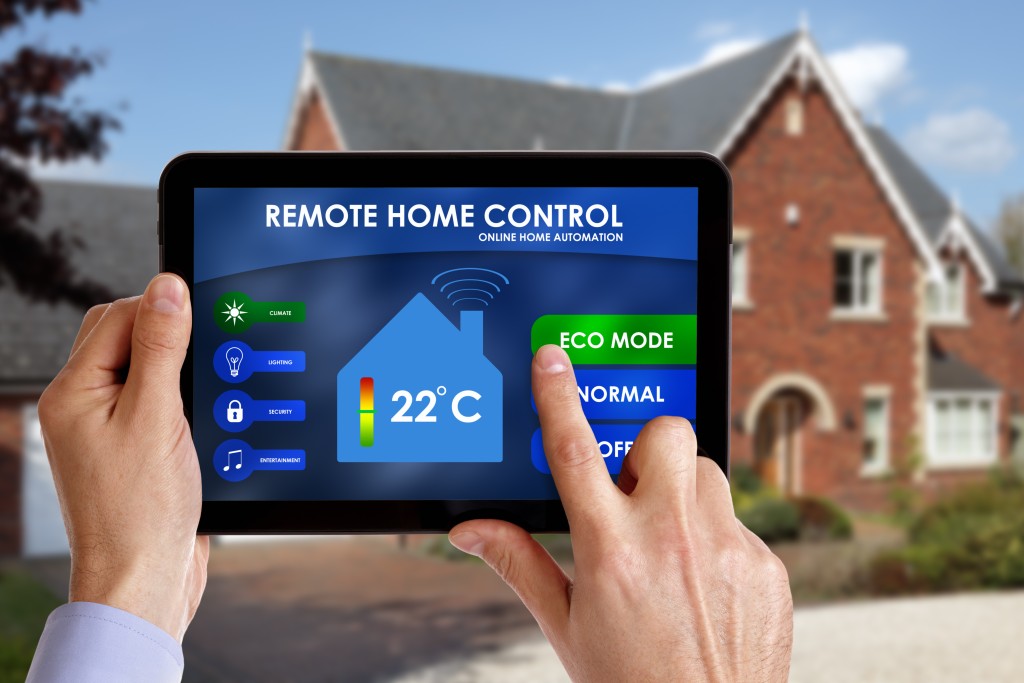Homes spend a lot of money in temperature throughout the seasons and extremes of weather. Homeowners can save money and reduce their carbon footprint by choosing effective insulation and more efficient heating and cooling systems.
One of the largest overall energy expenditures of a house goes to the heating, ventilation and cooling (HVAC) systems. Inefficiencies in these systems, coupled with structural ineffectiveness of the insulation in many modern American homes, contributes to a significant portion of yearly greenhouse gas emissions per capita. Besides this, the wasteful usage of energy in heating and cooling homes significantly adds to the mounting utility bills of many homeowners across America.
Investing in energy efficient architecture and design pays off immensely in utility costs, especially in Provo and other places in the U.S. that faces the rigors of a continental climate. Homeowners can incorporate these energy efficient constructions in home additions and renovation projects, while new homeowners and developers can invest in green construction plans early on.
A consequence of structure
Much of this waste of energy lies within the structure of a home. Many standard homes across the United States are poorly sealed and insulated, which makes it difficult to keep heat in during the winter and out during the summer. This is worsened by spots within the homes that become difficult to adequately heat or cool, indicating major cracks in the home’s insulation and places like windows and doors.
Certain design choices, such as high ceilings, may even exacerbate these problems, creating huge voids that add to the cost of heating and cooling.
Inefficiencies within HVAC systems would also contribute to the problem of wasteful temperature management. Poorly sealed ventilation ducts and old equipment contributes to a massive amount of energy being diverted to keep the occupants of the home at a comfortable temperature in extremes of weather.
Sealed and secure

Preventing the escape of heat through tightly sealed insulation and the reduction of cracks within walls can reduce the energy expenditures needed to keep a home at a comfortable temperature. Those building new homes or renovating existing properties can work with their builders to select more effective insulating material. Although this would seem to be an expensive undertaking, it is an investment that would pay off in more ways than one.
Sealed ducts and efficient heating and cooling systems can also help reduce the overall energy demands. Energy-saving heating and cooling systems consume less power to achieve the same temperature.
A few design choices may also allow homeowners to take advantage of the scientific principle of convection to cool their homes. Strategically placed house fans and ventilation vents, for instance, can draw warm air away from home and draw cooler air from the outside. Although windows need to be sealed, they may also be shuttered or draped to block out the heat of the sun as desired.
More than the bottom line
Energy efficient cooling and heating can slash home utility bills significantly while keeping the occupants of the home comfortable throughout the year. However, homeowners aren’t the only people who benefit from greater heating and cooling efficiency.
Studies have shown that comprehensive innovations that improve the efficiency of heating and cooling systems within buildings, when applied on a broad scale, can reduce carbon dioxide emissions by up to two gigatons (or 25% of overall emissions produced by buildings) within the next 30 years. Each energy efficient home contributes to the overarching goal of reducing greenhouse gas emissions. Eco-conscious homeowners can take charge of their mounting carbon footprint and save money in the process.
